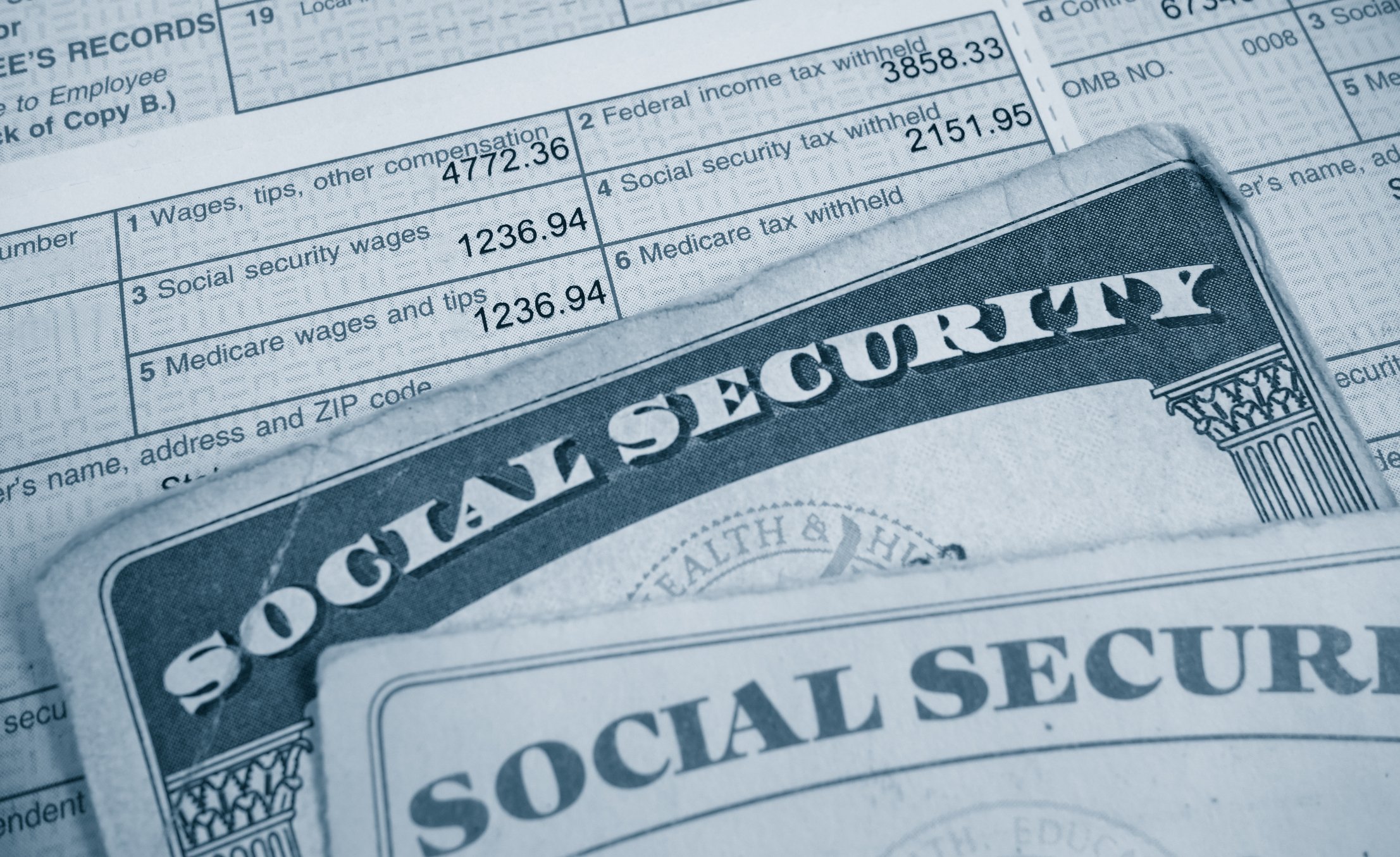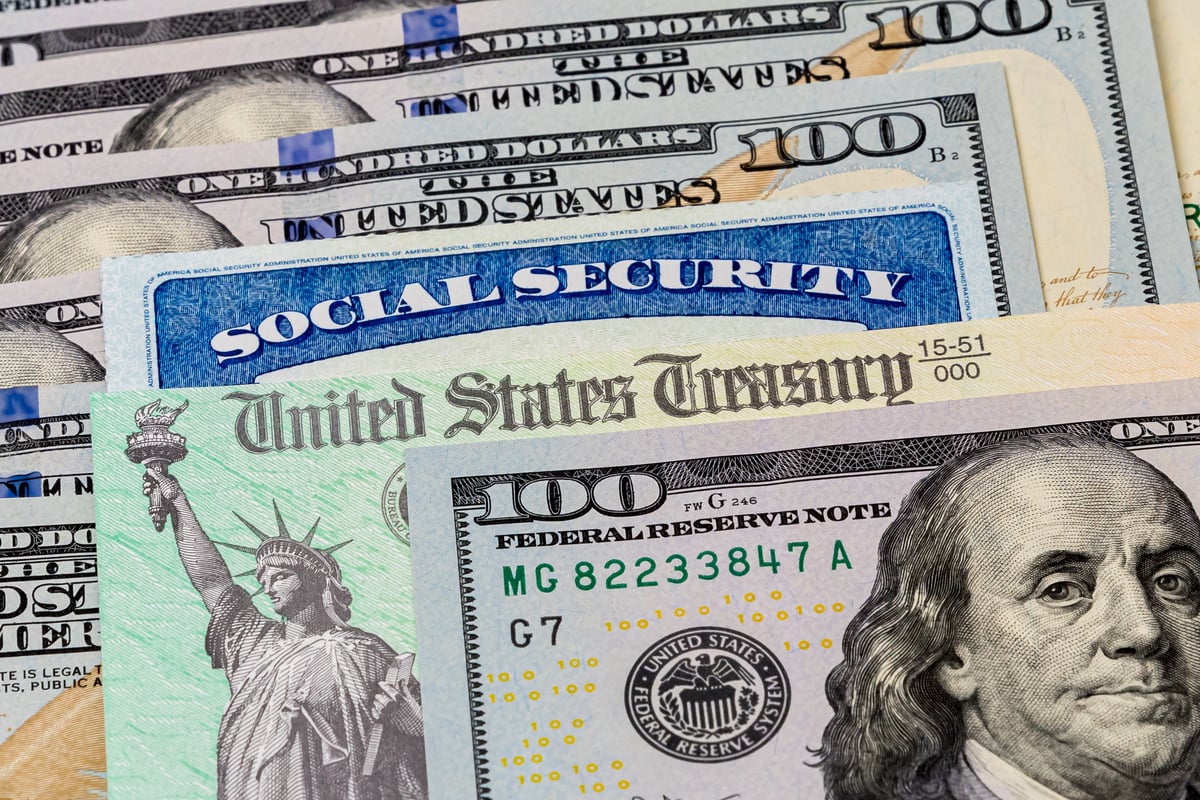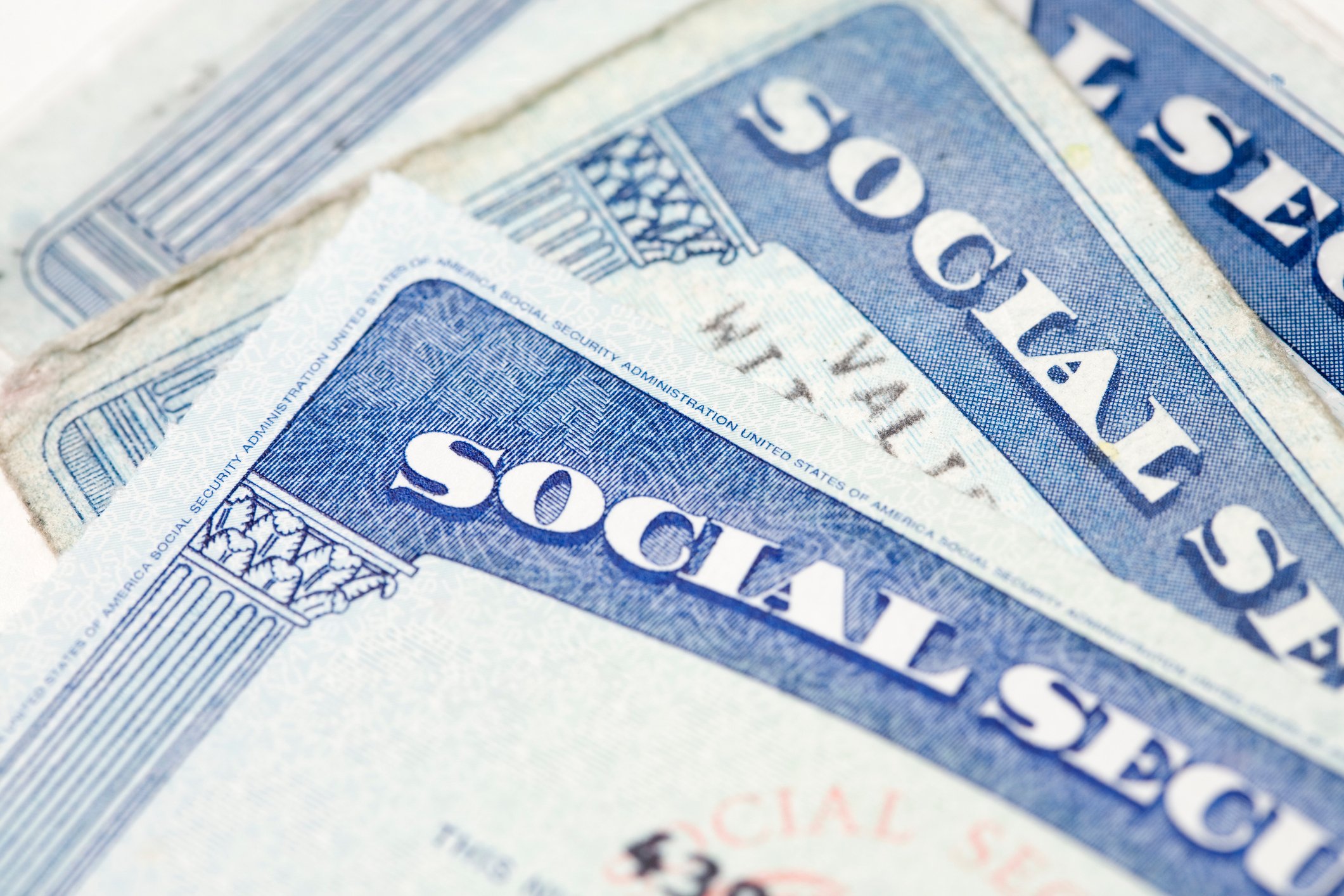If you don't want to spend the next several decades tied to a desk, you might find the Financial Independence, Retire Early (FIRE) movement appealing. The whole idea is to save aggressively while you're young so you can build up a large nest egg and retire much earlier than the average person -- sometimes even in your 30s or 40s.
But as the FIRE movement has grown, it's also come to mean different things to different people. Lean FIRE and Fat FIRE are two of the most common approaches, and they appeal to two very different audiences. Understanding the pros and cons of each could help you decide which camp you want to join.

Image source: Getty Images.
What's the difference between Lean FIRE and Fat FIRE?
All forms of FIRE involve frugal living in your youth while you save aggressively for early retirement -- often at least 50% of your salary. But Lean FIRE carries that frugality into retirement, capping annual expenses at around $40,000 per year, with adjustments for inflation.
Fat FIRE, on the other hand, plans for a luxurious retirement, often involving annual expenses of $100,000 or more, adjusted for inflation. This might seem like the more desirable option to you, but it may seem less appealing after weighing the costs.
Lean FIRE vs. Fat FIRE, by the numbers
Lean FIRE's modest annual expenses mean that you can get by with a much smaller nest egg than Fat FIRE adherents can. If you follow the 4% rule, which says you should save 25 times your annual expenses for retirement, you'd only need $1 million to pull off a $40,000 annual income for Lean FIRE vs. at least $2.5 million for Fat FIRE.
That might even be a little bit of an underestimate. Fidelity recommends that you save at least 33 times your annual income if you plan to retire before 62, which would bring our Lean FIRE target to $1.32 million and our minimum Fat FIRE target to $3.3 million (assuming annual income matches annual spending).
We haven't even talked about the trade-offs that come with FIRE's accelerated savings timeline yet. While many Lean FIRE followers may save the standard 50% of their salary, many Fat FIRE members opt to save 70% of their annual incomes. This requires a lot of near-term sacrifices. For some, it might mean living with a roommate, missing out on fun activities with friends, and working overtime instead of enjoying free time. That can be a recipe for burnout for some.
There are no hard-and-fast rules for how much of your income you need to save for either FIRE strategy, though a higher savings rate will get you to your goal faster. According to one calculation by CalculatorCorp, saving 50% of your salary could help you reach your FIRE goal in 16.5 years, while saving 70% of your income could drop that time to just 8.5 years.
Assuming you reach your goal, you then have to stretch those savings out over decades. This can be challenging, especially for Lean FIRE. A $40,000 annual income is well below the $77,280 the average American household spent in 2023, according to the Bureau of Labor Statistics. This could be difficult to live on, especially if you experience health issues that lead to unexpected, costly bills.
Even for Fat FIRE recipients, it's possible the money may not go as far as you thought, especially if your retirement lasts 40 years or more. It's important to have a backup plan in place for what you'll do if you find yourself draining your savings faster than expected.
Which approach is right for you?
Lean FIRE could be your best option if you're comfortable living a modest lifestyle and don't want to make as many sacrifices in the present as Fat FIRE may demand. However, Fat FIRE could be a better option if you're willing to sacrifice short-term comfort for a longer retirement with a higher standard of living.
It's also possible that neither of these approaches is right for you, and that's OK. There are other options, like Coast FIRE, where you save aggressively to build a retirement nest egg, but don't tap it until a more traditional retirement age. Once you reach your target number, you can work less and focus on just covering your current expenses until you reach your planned retirement date.
Or there's Barista FIRE, where you plan to work a low-paying but flexible job like a barista in retirement. This still requires aggressive saving, but you may be able to get by with a much smaller nest egg because you'll have income from a job to supplement your savings.
It's also fine if the FIRE lifestyle doesn't appeal to you. Not everyone can make the sacrifices it demands, and that's OK. Save what you can, and plan for a retirement that feels realistic and comfortable to you.





